How to Lay Rebar: Quick Guide to Stronger Concrete
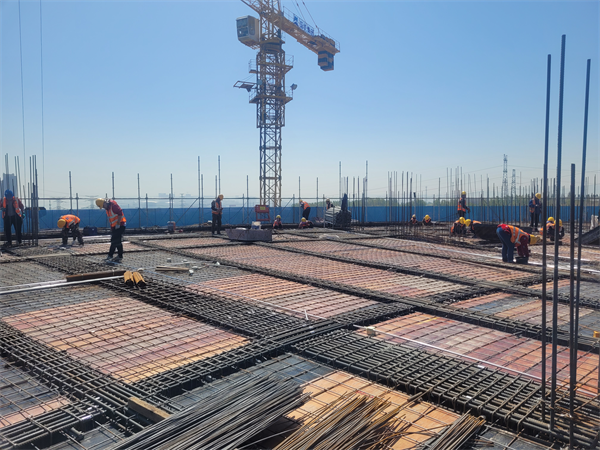
Concrete is one of the oldest and most popular construction materials. Despite its durability and versatility, concrete fails when exposed to excessive stresses. To improve its structural strength, rebars are introduced during casting.
Rebars, also referred to as reinforcement bars, improve the tensile and compressive strength of concrete allowing it to hold larger weights. Reinforcing concrete improves its structural integrity making buildings safe and durable.
Stresses in concrete and how rebars mitigate these stresses
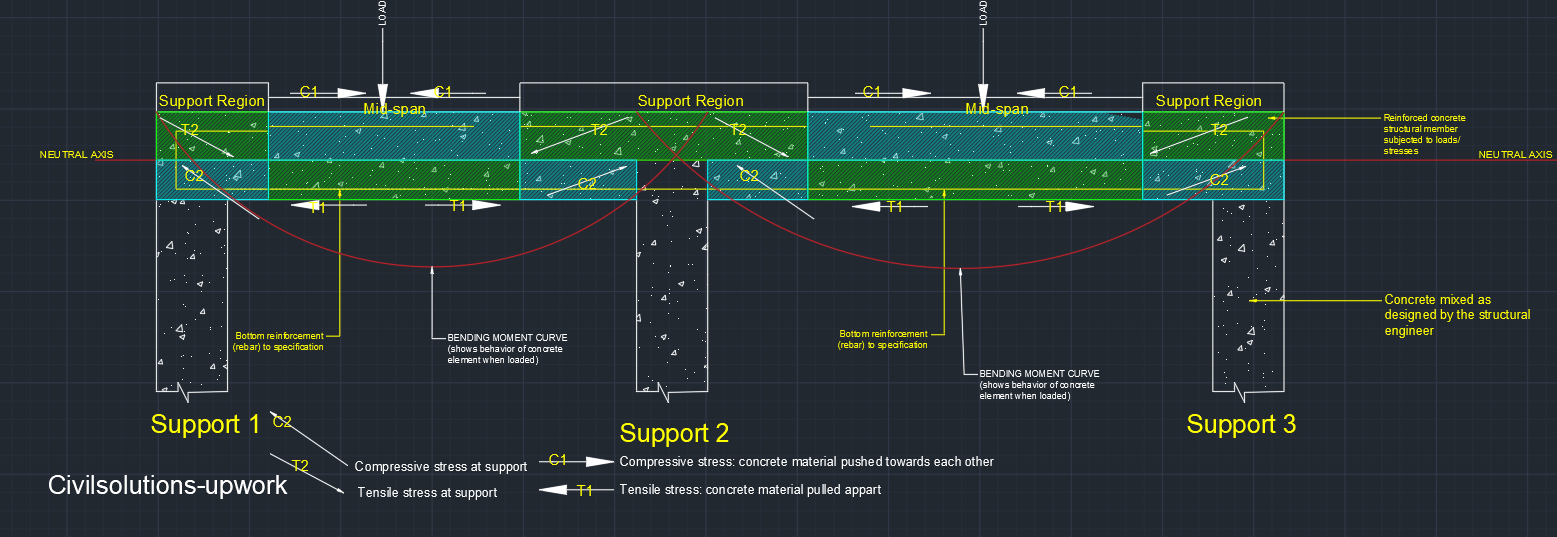
Concrete has impressive compressive strength. Its tensile strength is low; necessitating reinforcement using rebar. Structural members are divided horizontally by a neutral axis; stresses don’t occur along this axis.
When loaded, concrete structural members experience tensile and compressive forces at three regions; two support regions and the midspan. The diagram below shows the behavior of concrete members when subjected to a load.
Contents
Ground Preparation
Preparing the ground before concrete casting
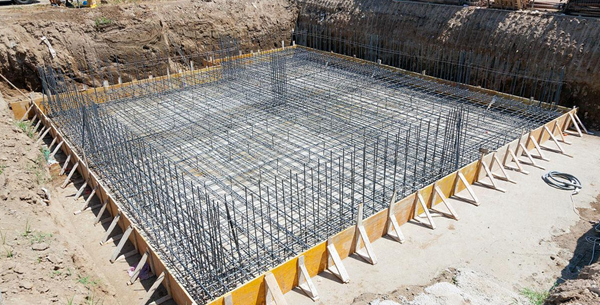
Reinforced concrete structures are heavy. With a density of 25,000 KN/M3, they require stable grounds for safety and structural integrity. Ground preparation plays a critical role in ensuring the structural safety of concrete structures. The preparation process begins with a geotechnical study of the proposed site. The study gives information about the soil’s bearing capacity and topography.
Additionally, it provides information such as water table depth that may affect concrete casting and the general structural performance of what is to be constructed. The structural engineer uses the bearing capacity information to design the foundation; he/she determines the foundation depth, thickness, and rebars to be used.
After foundation design and approvals, you have to excavate to the determined depth as per the engineer’s report. Dewatering may be needed in areas where the required depth is below the water table. To check the excavation level, you need surveying equipment; dumpy levels with a leveling staff, or a total station. Once the excavation is done, you can stabilize the bottom of the foundation by compaction.
Equipment such as tamping rammers or plate compactors can be used depending on the width of the excavations. After compaction, cast a concrete blinding layer as per the engineers’ specifications. In areas prone to water logging, waterproofing additives are added to the concrete mix. The blinding layer provides an even surface for placing the rebars and casting concrete.
Material choice and compaction techniques to prevent future cracking
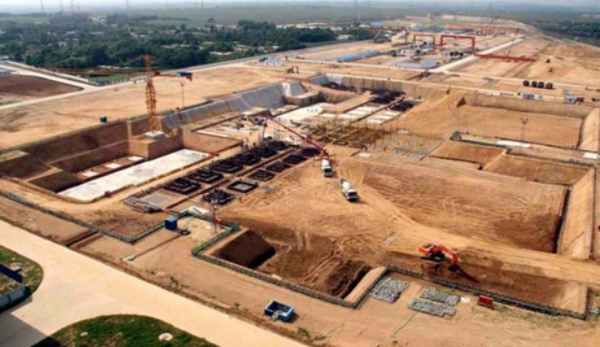
The base material determines the structural soundness of a concrete building. The material must have the capacity to withstand the weight of the structure it supports; sufficient bearing capacity. One of the ways to improve a material’s bearing capacity is compaction. Compaction forces material particles together eliminating spaces through which they might move to cause settling.
In cases where compaction can’t attain the needed bearing capacity; such as on black cotton soil, borrowed material is used. The borrowed material should be well selected for the structural safety of the constructed structure.
Various compaction techniques are applicable depending on the nature and scale of construction. For large-scale construction, roller compactors such as Padfoot rollers and vibratory rollers are ideal. Hand-held plate compactors and tamping rammers are used for compaction on small to medium-scale projects.
Excessive moisture and air in base material cause cracking when they expand and contract during temperature changes. Compaction removes them from the material preventing cracking after concrete has been poured.
Rebar Placement and Securing Methods
Rebar Placement and Securing
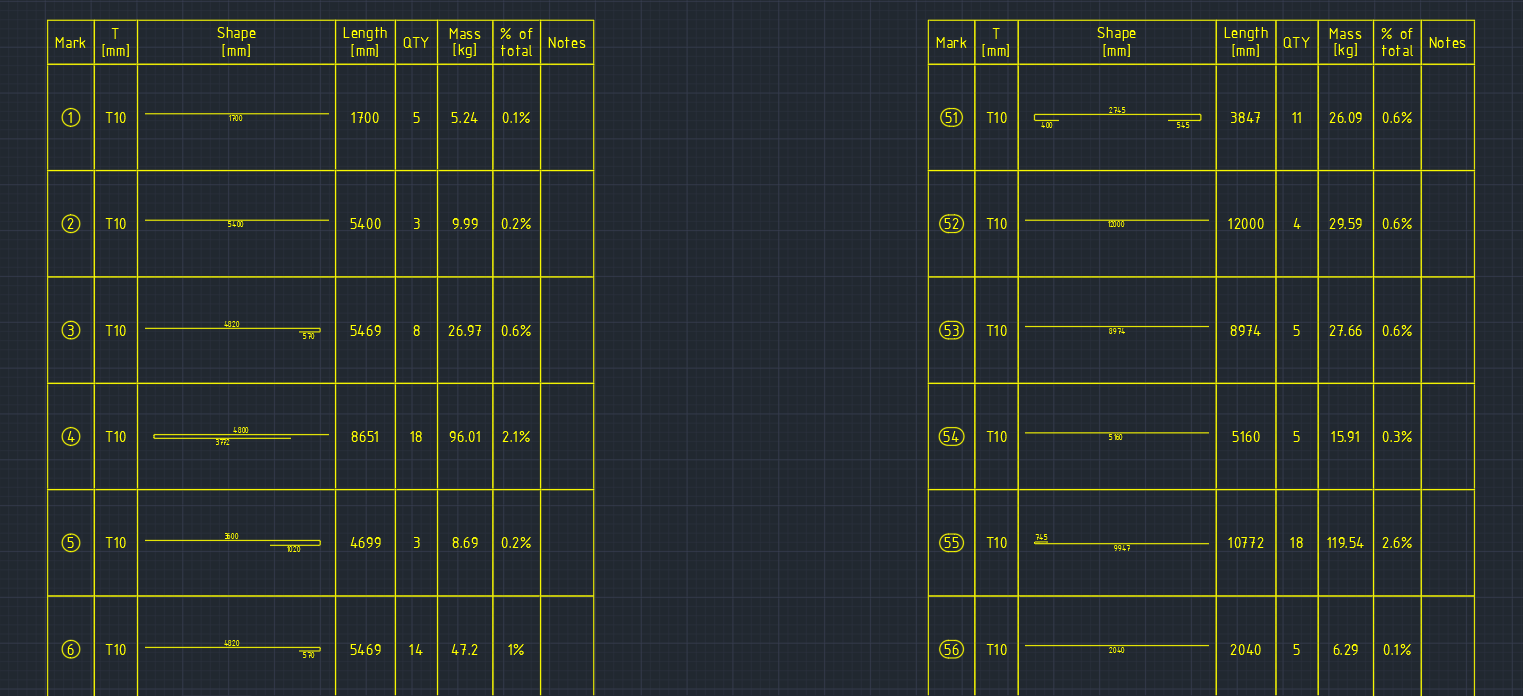
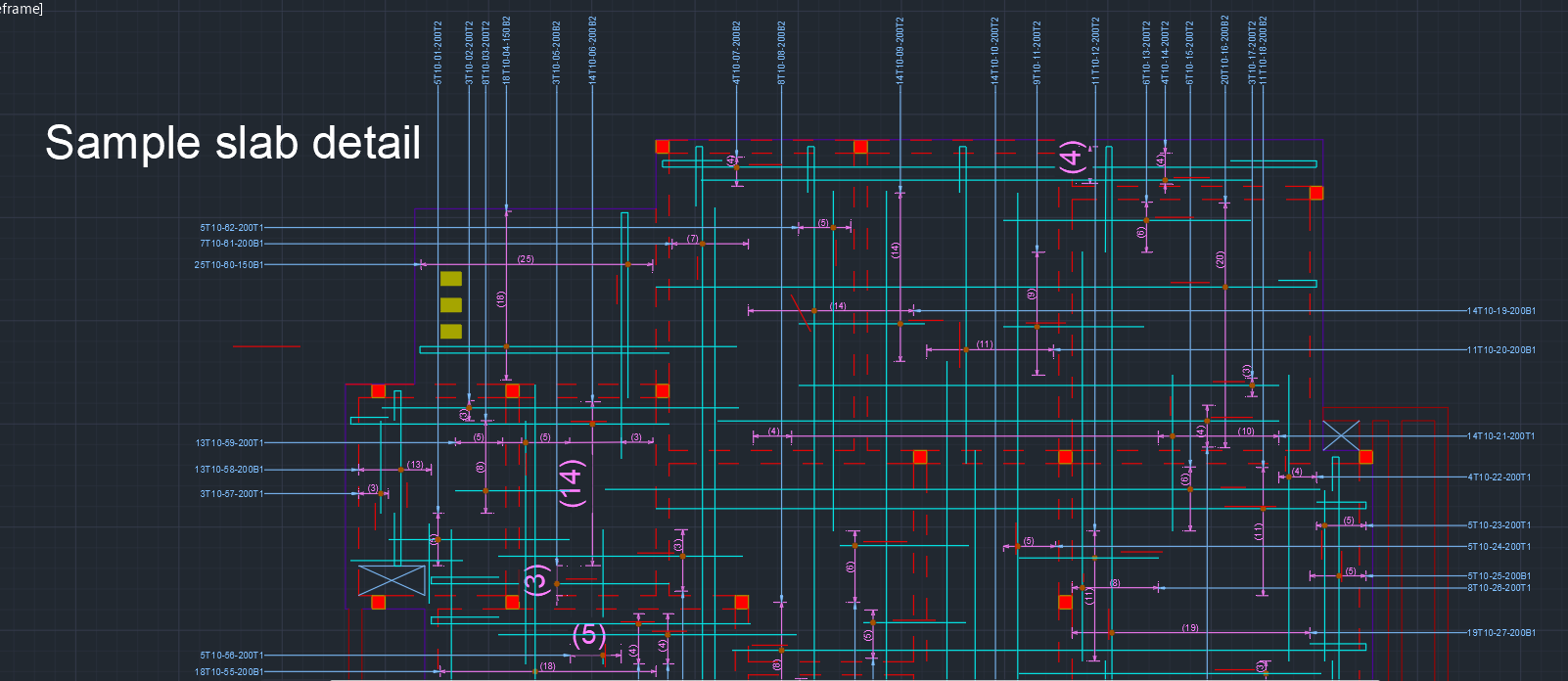
Rebar placement is an important step in reinforced concrete construction; it determines the effectiveness of the reinforcement and ultimate structural performance. The number, length, form, and spacing of rebar are determined by the structural engineer. Rebar information is communicated through structural detailed drawings and a bar bending schedule. A sample bar bending schedule and detailed slab reinforcement drawing are shown below.
Once rebars have been placed, they need to be secured to prevent movement during concrete casting. There are various forms of securing rebar in place, including welding and rebar tie wires. Rebar tie wires are used in various ways depending on how and where the bars are located. Below are some of the commonly used ties in securing rebars;
- The snap- Also known as the simple tie, this is the easiest form of rebar securing by tie wires. The tie wire is run diagonally on two crossing bars. The loose ends of the wire are directed up and twisted until the tie is tight enough. The snap is applicable in horizontally laid bars, such as in slab reinforcement. Where heavy reinforcement is used, a variation of this tie with two strands running alongside each other; double strand single tie, is used.
- Wall tie- This technique is applicable in vertical reinforcement, such as in walls. It is made by having one full turn and one-half turn around the vertical bar and one diagonal turn around the horizontal bar. The loose ends of the tie wire are then twisted to tighten the note.
- Saddle tie- Saddle tie is applicable in both vertical and flat reinforcement securing. It is attained by passing the wire halfway around one of the bars on either side and bringing it squarely around the crossing bar. The loose ends are then twisted to tighten the note. For heavy reinforcement mats that are to be lifted, a variation of saddle tie; saddle tie with a twist, is used. The tie involves full turns on either side of a bar and half turns on the crossing bar.
- Cross tie- Also known as figure eight, this tie involves running the tie wire on both diagonals at a crossing point between two bars. It is ideal for situations with a lot of movement that might cause displacement of bars. Cross ties limit bar movement.
Rebar Positioning
Concrete structural design is based on the optimal performance of rebars and concrete when subjected to stresses. The size and spacing of bars ensure sufficient distribution of stress resistance throughout the concrete. Services including mechanical, electrical, and plumbing works are laid out before casting to avoid cutting through hardened concrete. These services are dependent on rebar positioning to minimize breakages and blocking of conduits, pipes, and ducts.
Mixing, Pouring, and Finishing Concrete
Mixing Concrete to The Right Consistency and Effective Casting
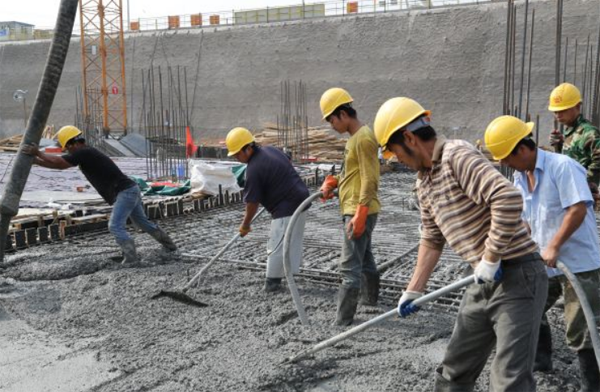
Mix design is critical in the structural strength of concrete; it refers to the ratio of various ingredients to attain certain strength levels for concrete. Water is one of the main components of a concrete mix, it should be added in the right amount for the required consistency. Consistency determines the workability of concrete; i.e. concrete should neither be too viscous nor too watery for effective casting and setting. Workability in concrete is measured by the slump test.
Several methods are used to ensure even distribution and settling of concrete. Vibration and self-compacting concrete are the most common. With vibration, a vibrator head is dipped in the poured concrete and the vibrator is turned on. The vibrations are then transferred to concrete particles distributing them evenly. Vibration eliminates air particles; this improves the general strength of the concrete. Self-compacting concrete is a new technology being embraced across the construction industry.
In this case, the concrete is accurately mixed at factories under controlled conditions and then transferred to the site for casting. When poured, the concrete flows under its own weight to the required spaces between rebars.
Advanced Concrete Finishing Techniques
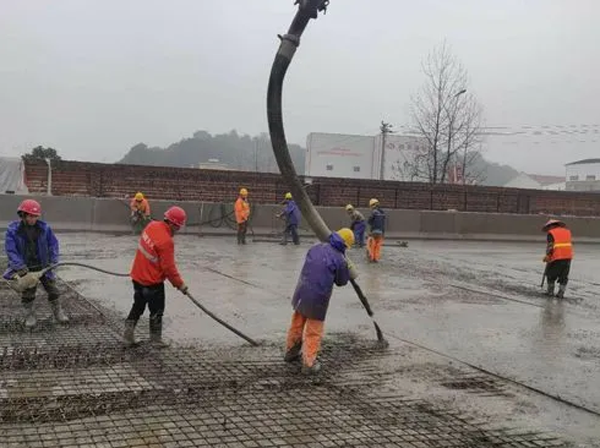
Concrete hardening is a water-dependent process. Wet concrete rapidly loses water through evaporation and bleeding. The lost water needs to be replaced for effective hydration: concrete hardening.
Introducing water to concrete surfaces to aid in hydration is known as curing. With curing, water seeps through the concrete surface to the interior region. Seepage through concrete takes time making it hard to cure vertical concrete structures such as columns and walls. Vertical concrete structures are usually wrapped in wet fabrics which retain moisture allowing sufficient seepage. Waterproof plastering prevents excessive water absorption and improves the aesthetic value of the concrete. In underground concrete structures, bitumen coating is used to prevent excessive seepage.
Rebar Selection: Types, Benefits, and Applications
Rebar Types and Their Applications
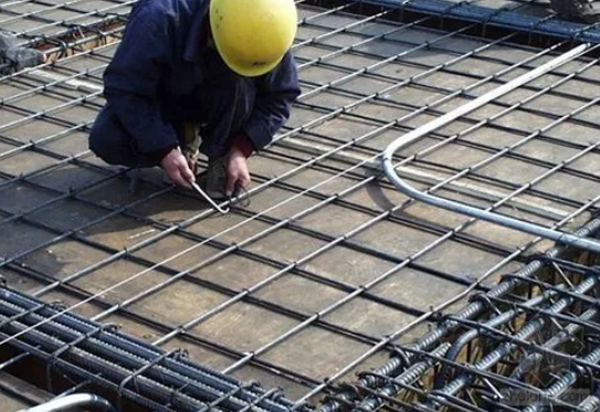
Thanks to technological advancement, rebars have been developed into various types for application in different conditions. Each type of rebar has special mechanical and chemical properties that allow it to excel in certain conditions over other types. The most common rebar types are as follows;
- Carbon steel rebar- This is the most common rebar. It is further categorized into mild carbon steel, medium carbon, high carbon, and ultra-high carbon depending on the carbon concentration in its chemical structure. Despite its versatility, carbon steel rebar corrodes making it unsuitable in certain conditions.
- Stainless steel rebar- This is the most expensive and less popular rebar. It’s made of high-quality steel and polished to prevent reaction with chemicals. The resistance to corrosion makes the stainless steel bar ideal for reinforcement in saline conditions.
- Galvanized steel rebar- This is the cheaper alternative to stainless rebar. The bars are coated with zinc through electrolysis. The zinc coating prevents reaction with corrosive agents making the bar durable and ideal for harsh environmental conditions.
- Coated steel rebar- These are normal carbon steel bars coated with a layer of epoxy or PVC. The coating protects the steel from reacting with corrosive elements; elongates the lifespan and improves the performance of the rebar. Coated rebars are ineffective in heavy construction due to the risk of breakages during casting.
·Glass Fiber Reinforced Polymer (GFRP)- This is the most recent development in the reinforcement manufacturing industry. GFRP involves a collection of synthetic fibers bound within a polymer matrix. It is lightweight making it ideal for construction in elevated concrete members.
Choosing the Right Rebar Size and Type
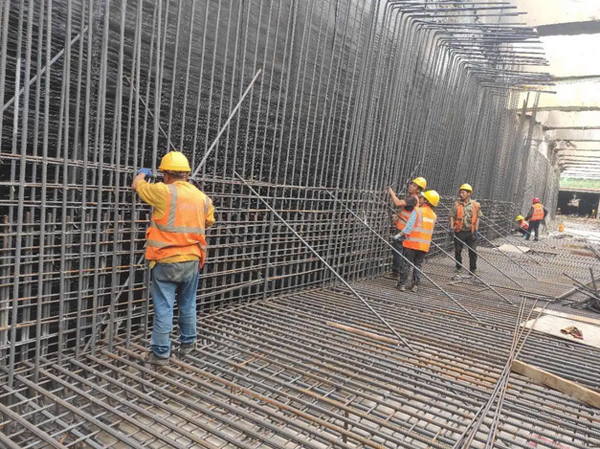
Rebar selection is determined by the structural design outcome. Based on the anticipated weight of the concrete, the size of the rebar can be determined through mathematical analysis. Structural design and analysis are governed by design codes and standards. The standards vary from region to region based on the steel manufacturing principles. Environmental conditions determine the type of rebars to be used. Saline environments require corrosion-resistant rebar types such as galvanized steel and GFRP.
For lightweight structures, fiber-reinforced concrete and reinforcement mesh can be used. Fiber-reinforced concrete involves pieces of synthetic fiber uniformly distributed throughout the concrete structure. Reinforcement mesh, also known as BRC Mesh are factory-manufactured mats with uniformly distributed crossing steel wires.
Common Rebar and Concrete Issues
Common problems
Rebar placing requires high precision for effectiveness. Several problems might arise making it hard to attain the required spacing and rebar ties. The most common mistake wrongful placement of bars; where the wrong bar size is used or spaced contrary to the design. You can avoid wrong bar placement by attentively following engineering drawings and the bar bending schedule.
Inspecting the tied rebars to ensure no movement occurs during casting is essential. Insufficient concrete cover is another mistake that occurs during casting. In such instances, rebars could be exposed to corrosion affecting the structural integrity. Spacers equal to the needed cover size should be used between the rebars and formwork to ensure the cover is attained. Insufficient concrete vibration leading to honeycombs is another common mistake.
In this case, the concrete doesn’t settle uniformly leaving certain parts with exposed coarse aggregates and rebar. Proper vibration or use of self-compacting concrete helps eliminate honeycombs during casting.
Longevity and Durability of Concrete Structures
Concrete is a durable material. However, its lifespan can be extended by observing a few maintenance and corrective measures during its service period. One of the most common problems associated with concrete is cracking. Not all cracking in concrete calls for alarm, however, they might compromise structural integrity when not addressed. Cracks exceeding 5mm wide should be looked at as they might represent a structural problem. Smaller cracks could be a result of shrinkage or concrete fatigue; these should be sealed off by injecting concrete into them.
Waterproofing concrete structures prevents excessive seepage which might compromise the structural strength. Bitumen coating and waterproof plastering are the most common methods of waterproofing.
Conclusions
Concrete is a popular construction material thanks to its structural strength and durability. To sustain excessive stresses, concrete needs to be reinforced. There are several ways of reinforcing concrete; rebars are the most popular and versatile one. Concrete elements are reinforced against shear, compressive, and tensile stresses.
Although concrete has impressive compressive strength, reinforcement is needed in cases where heavy loads are applied. The size of rebars used and their spacing depend on the structural design provided by the engineer. Environmental factors determine factors such as concrete cover and type of bars used, i.e. carbon steel, galvanized, or stainless-steel bars.
Common mistakes in concrete casting include insufficient cover and improper bar placement. These can be avoided by properly tying the bars to minimize movement during casting and using spacers between rebars and the formwork. Proper vibration of concrete ensures even distribution of aggregates eliminating honeycombs.
Over time, concrete may develop cracks due to shrinkage or fatigue. These cracks should be sealed as they can affect the structural integrity of concrete structures when left overtime. Waterproofing cast concrete by bitumen coating or plastering prevents excessive seepage; and increases the longevity of concrete structures.
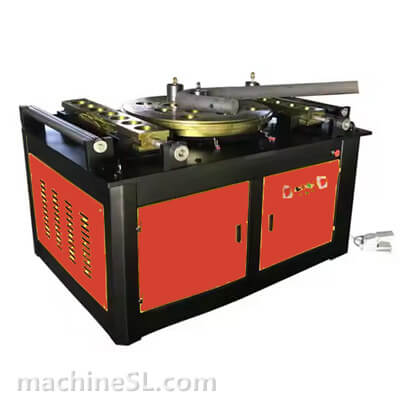
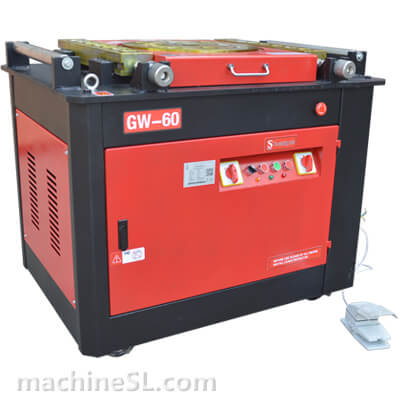
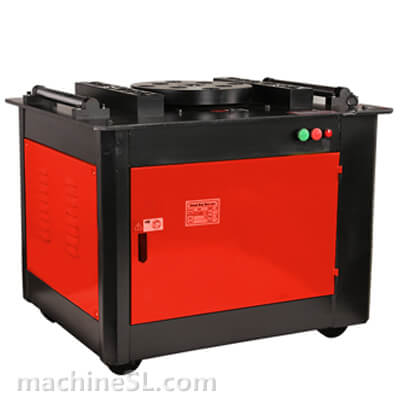
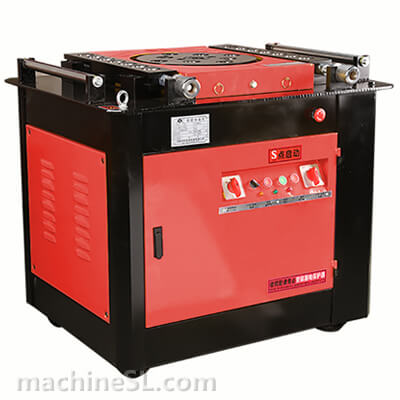
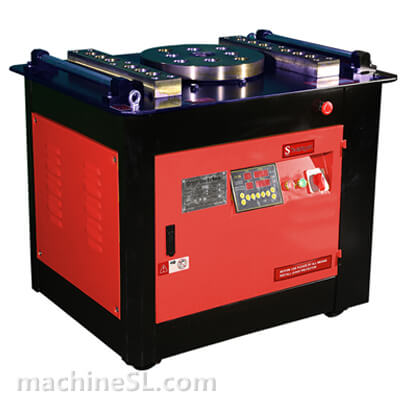
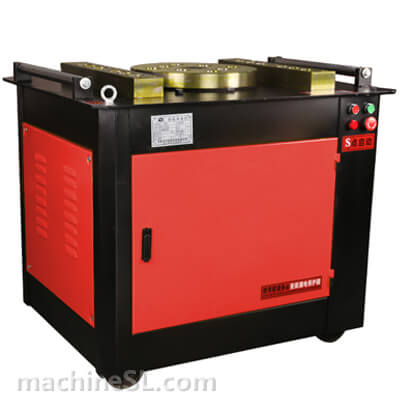
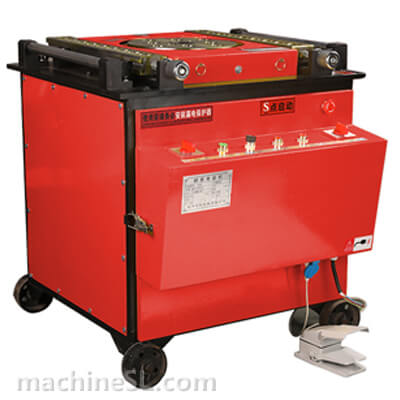
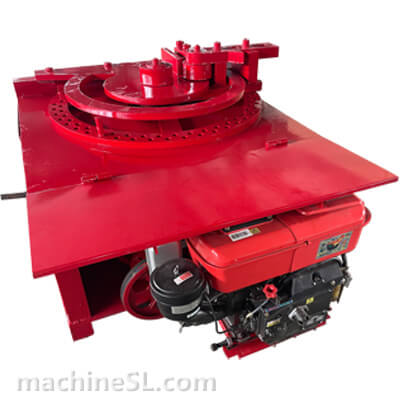
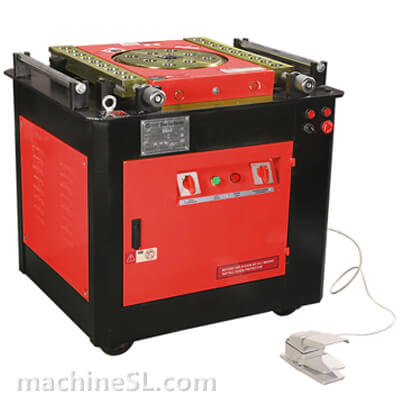
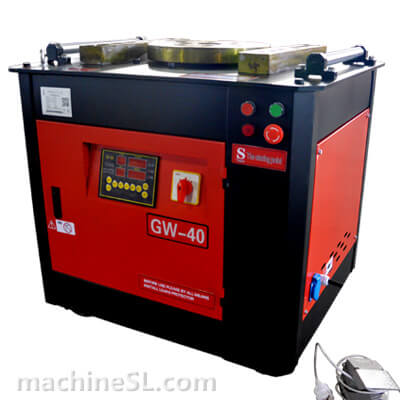
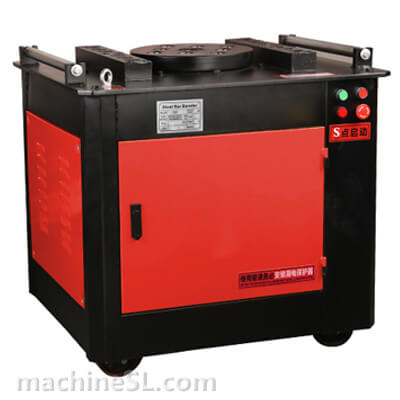
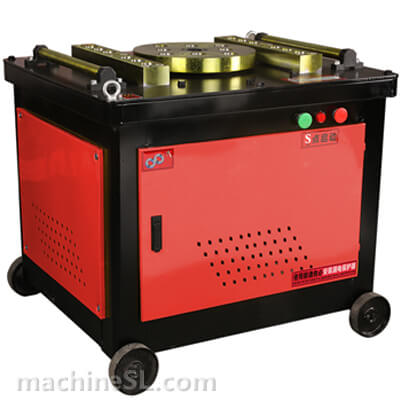
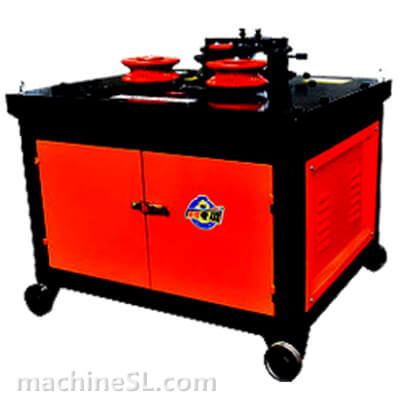
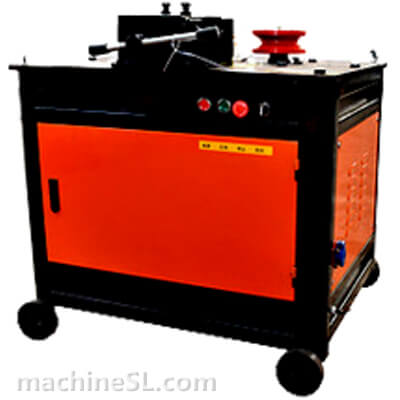
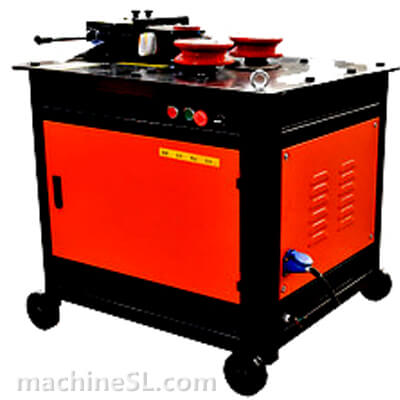
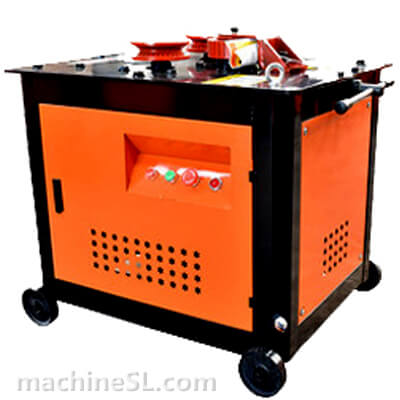
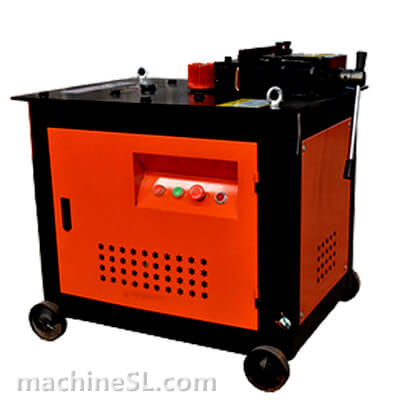
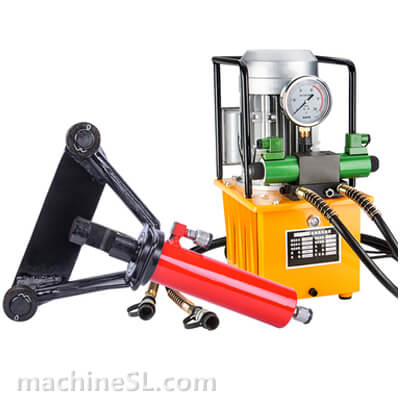
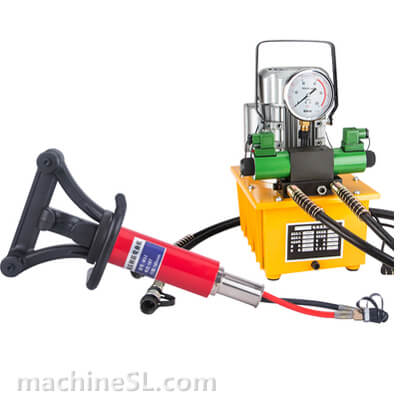
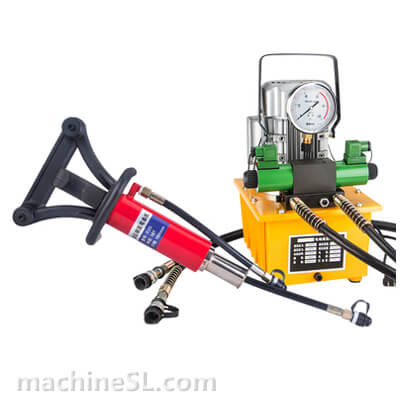
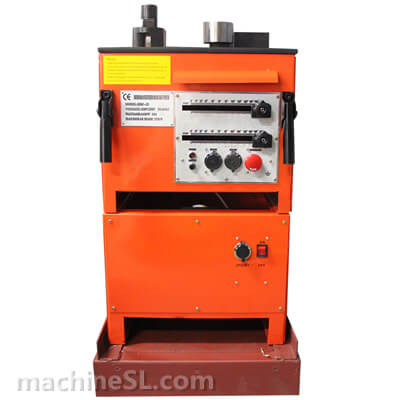
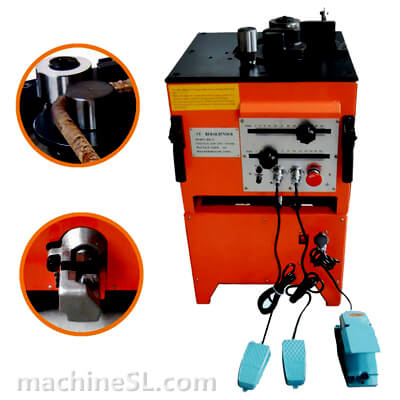
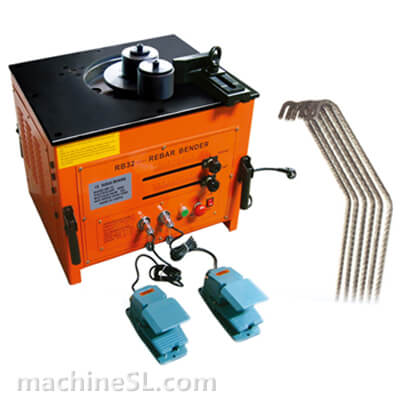
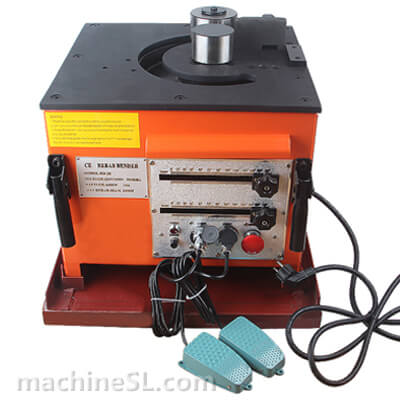
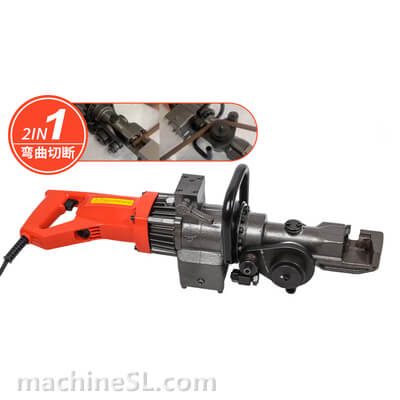
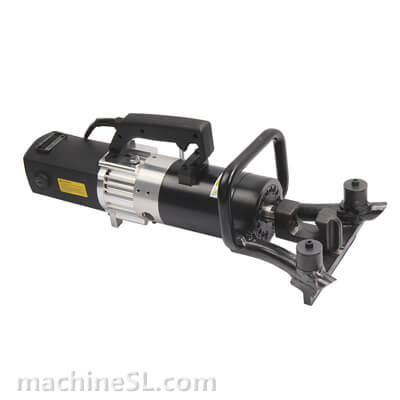
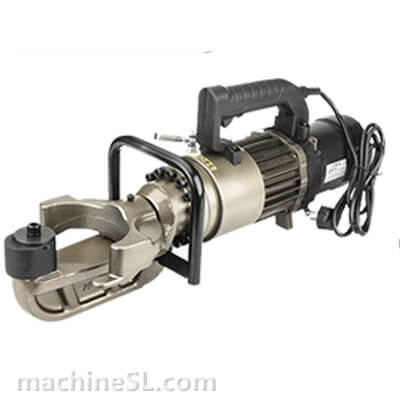
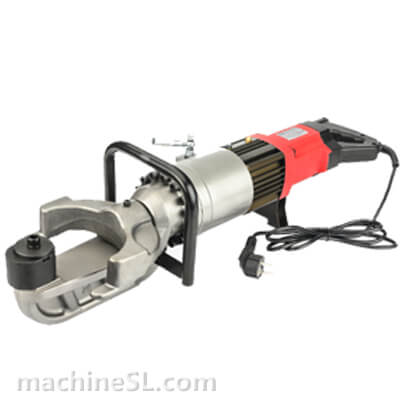
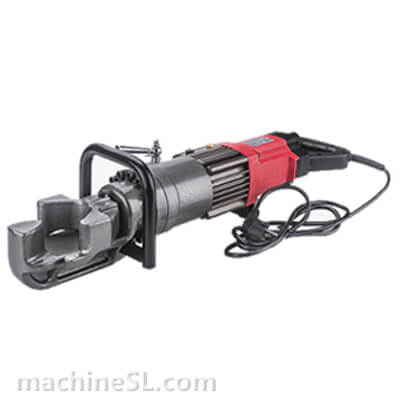
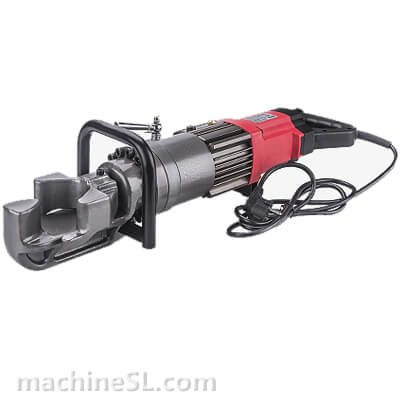
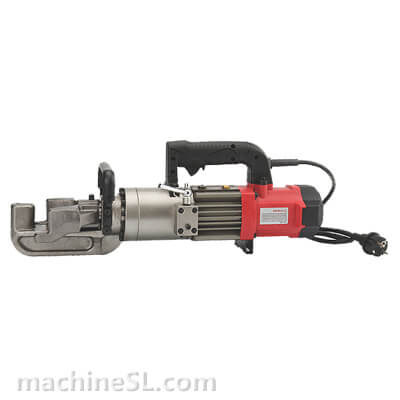
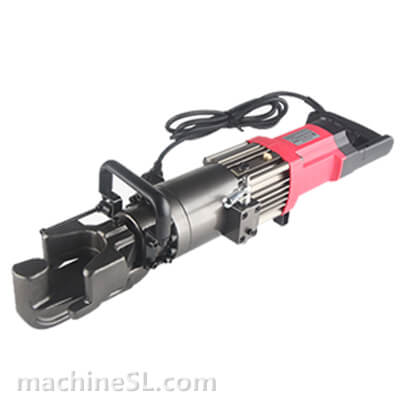

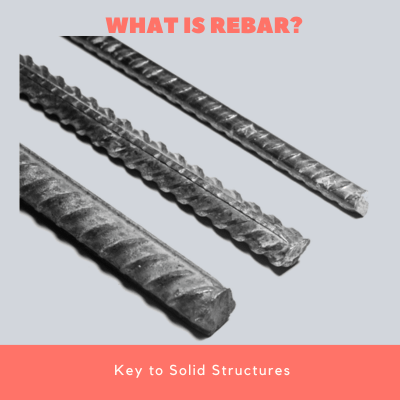

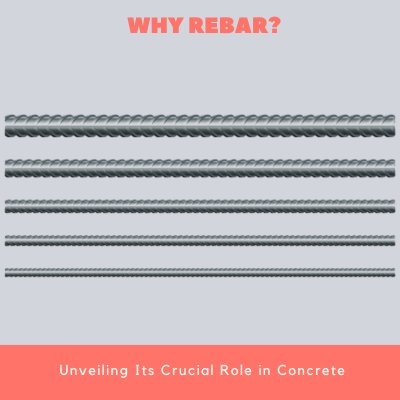
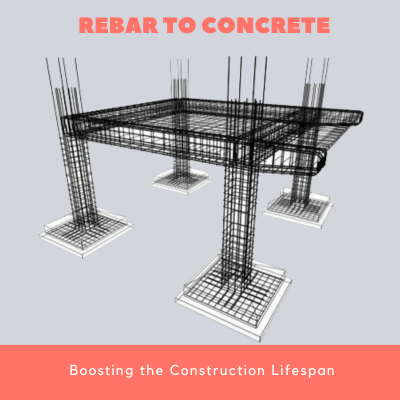
Leave A Comment